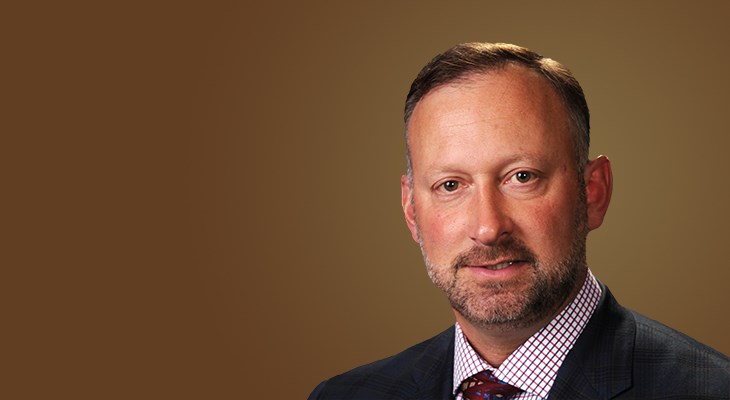Arnie Burchianti, soon after college, started a home health care and hospice business, one that had a technology play. The business grew through a number of acquisitions at the beginning when it was wholly owned, acquisitions that were executed with the help of outside service providers.
While Burchianti thought he had prepared his businesses against the risks of any scenario, one that managed to affect the company was the mortgage crisis.
“When the mortgage crisis hit, we were in a situation where the capital structure we had did not allow us to fulfill the vision within the organization,” Burchianti, now the president and CEO of AEB Holdings, said that the Pittsburgh Dealmakers Conference. “We had a great management team, had a lot of money invested in technology, so I knew I needed to find a solution to get capital.”
So, Burchianti had the idea to look for family money or long-term capital to support the business. He called a few investment bankers he knew for help. They cautioned him that he was looking for a needle in a haystack. However, they did call back.
His investment bankers, when they called back, said the Washington Post was interested in talking with him. The Graham family and Berkshire Hathaway had ownership stakes in the paper and were looking, Burchianti said, to make a move in health care but hadn’t yet found a company that had the economic moat they wanted. Ultimately, they ended up buying 80 percent of Burchianti’s business in 2012, and helped take the company from $40 million to $300 million in revenue.
“They were great in that they’re as close as you can get to that needle in the haystack,” Burchianti said. “They really allowed us to tap the value within the organization in an industry that’s highly regulated.”
For Burchianti, part of the reason he was able to connect with the right buyer was because he had the right professionals to help. In choosing those outside professionals, Burchianti said it’s important to get people involved who are smarter than him in areas he doesn’t have competency.
“What I learned was, as I was entering into areas where I didn’t know really well — as a physical therapist who had the entrepreneurial spirit to grow a business — I needed to go out and get the best of the best,” he said.
Ego and greed on the part of sellers, he said, tend to hamstring deal success. So it’s critical to get the right advisers to coach sellers through it. It means finding not just any M&A professionals, but the right investment bankers to navigate through a deal, as well as the right attorneys.
Having the wrong professionals on a deal team can leave sellers and their families misrepresented, drastically and negatively affecting the outcome.
To find the right professionals, Burchianti advised sellers should first understand their own strengths and weaknesses so that they can find professionals who balance them out. Then, start networking . Talk to people to find the best of the best, and those who would best represent you on any aspect of a deal.
Burchianti said he’s also found it helpful to have a paid outside advisory board, one with members who have extensive professional experience running businesses and who can stay engaged with owners and their businesses. They’ve probably not only seen it all, they’re also willing to be clear about their position.
“They had no problems telling me, ‘You’re wrong,” he said.




